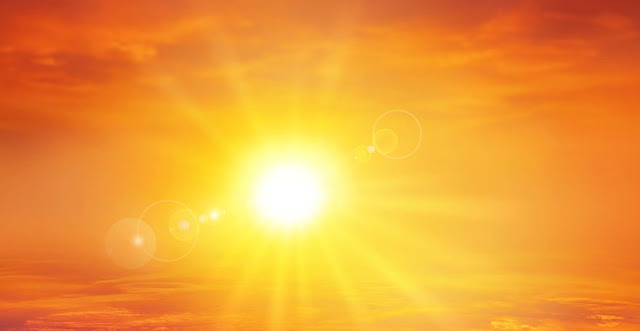
Scientists divide ultraviolet radiation into three wavelengths based on its behavior. At the most active end, 100 to 290 nanometers, UVC rays have the shortest and most harmful wavelengths. Fortunately, it completely blocks the atmosphere before it reaches Earth. Between 290 and 320 nanometers are UVB rays, which cause skin tan, burn skin and cause cancer. The atmosphere gets rid of about 95% of it, and it cannot run out to our bodies, but the little amount that reaches us is enough to harm our bodies. Finally, between 320 to 400 nanometers are UVA rays, which pass through the atmosphere and penetrate the skin, damaging the structures supporting our cells. This leads to premature aging, cataracts, and sunburn. Blocking these rays can avoid the need for sunscreen, but this will not be positive.


No comments:
Post a Comment